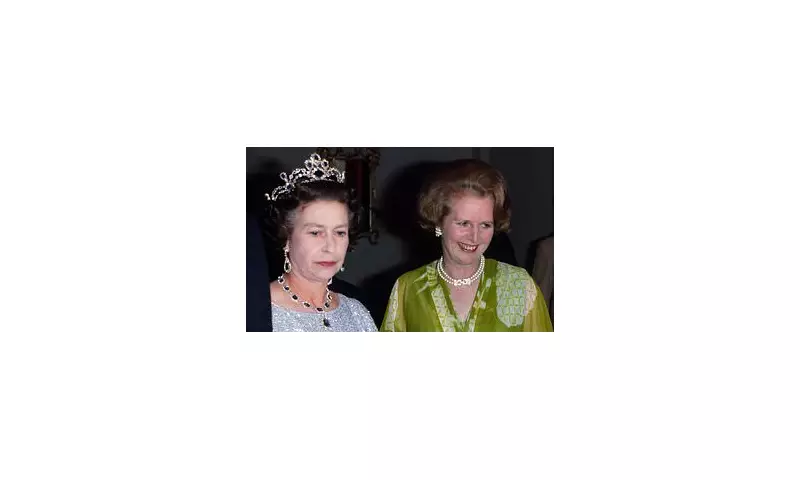
In a stunning revelation that sheds new light on one of Britain's most fascinating political relationships, royal historian Robert Hardman has uncovered the depth of Margaret Thatcher's reverence for Queen Elizabeth II.
The Unlikely Bond Between Monarch and Minister
Despite their famously different backgrounds and occasional political tensions, the Iron Lady maintained an almost reverential attitude toward Her Majesty throughout her eleven years as Prime Minister. According to Hardman's forthcoming book, Thatcher would often appear visibly moved after her weekly audiences with the Queen.
A Relationship Built on Mutual Respect
The traditional relationship between sovereign and prime minister took on unique dimensions during Thatcher's tenure. While rumours of discord between the two powerful women occasionally surfaced, Hardman's research suggests a far more complex and respectful dynamic.
"Thatcher was genuinely in awe of the Queen," Hardman reveals, drawing from extensive archival research and insider accounts. "She understood the weight of history and tradition that the monarch represented in a way that few other prime ministers did."
Palace Encounters That Left Thatcher Emotional
Eyewitness accounts describe how the typically formidable Prime Minister would emerge from her private meetings with the Queen visibly affected by the experience. Colleagues noted that Thatcher, known for her steely composure in political battles, showed uncommon emotional vulnerability following these royal audiences.
Beyond the Political Divide
The relationship transcended mere constitutional formalities, developing into what insiders describe as a genuine, if carefully maintained, mutual understanding. Both women, though from vastly different worlds, shared the experience of navigating male-dominated arenas at the highest levels of British public life.
"They represented two different types of female power in Britain," Hardman explains. "The Queen's authority derived from centuries of tradition, while Thatcher's came from democratic mandate. Yet there was undeniable professional respect between them."
The Truth Behind the Rumoured Tensions
Contrary to popular speculation about clashes over Commonwealth policy and economic matters, Hardman's findings suggest that any disagreements were handled with the utmost diplomatic courtesy. The weekly audiences remained sacrosanct in Thatcher's schedule, reflecting the importance she placed on this unique constitutional relationship.
This fresh perspective on the Thatcher-Queen dynamic comes as part of Hardman's comprehensive examination of the late monarch's reign, offering new insights into how Elizabeth II navigated relationships with thirteen different prime ministers during her historic seventy-year rule.





